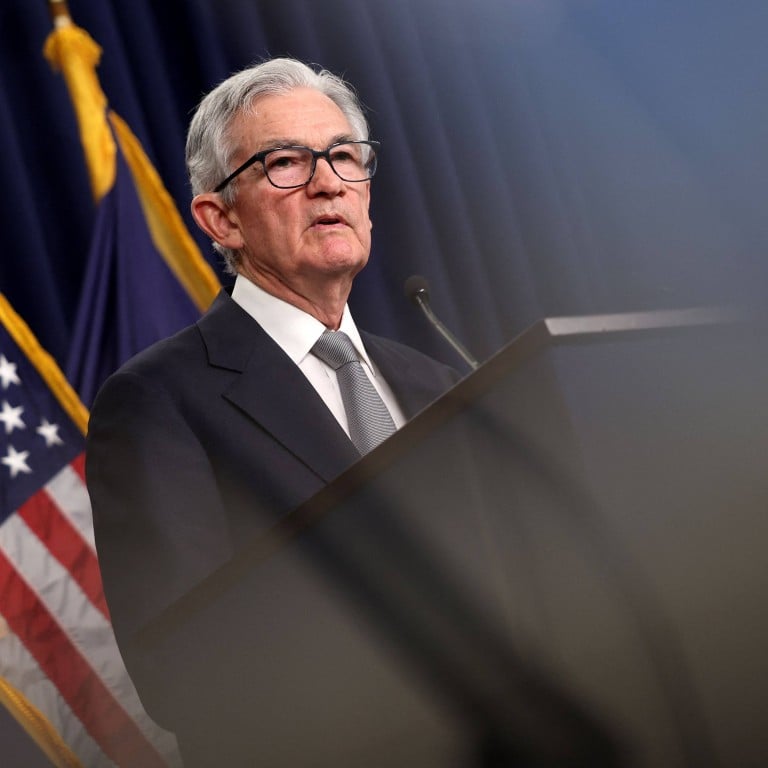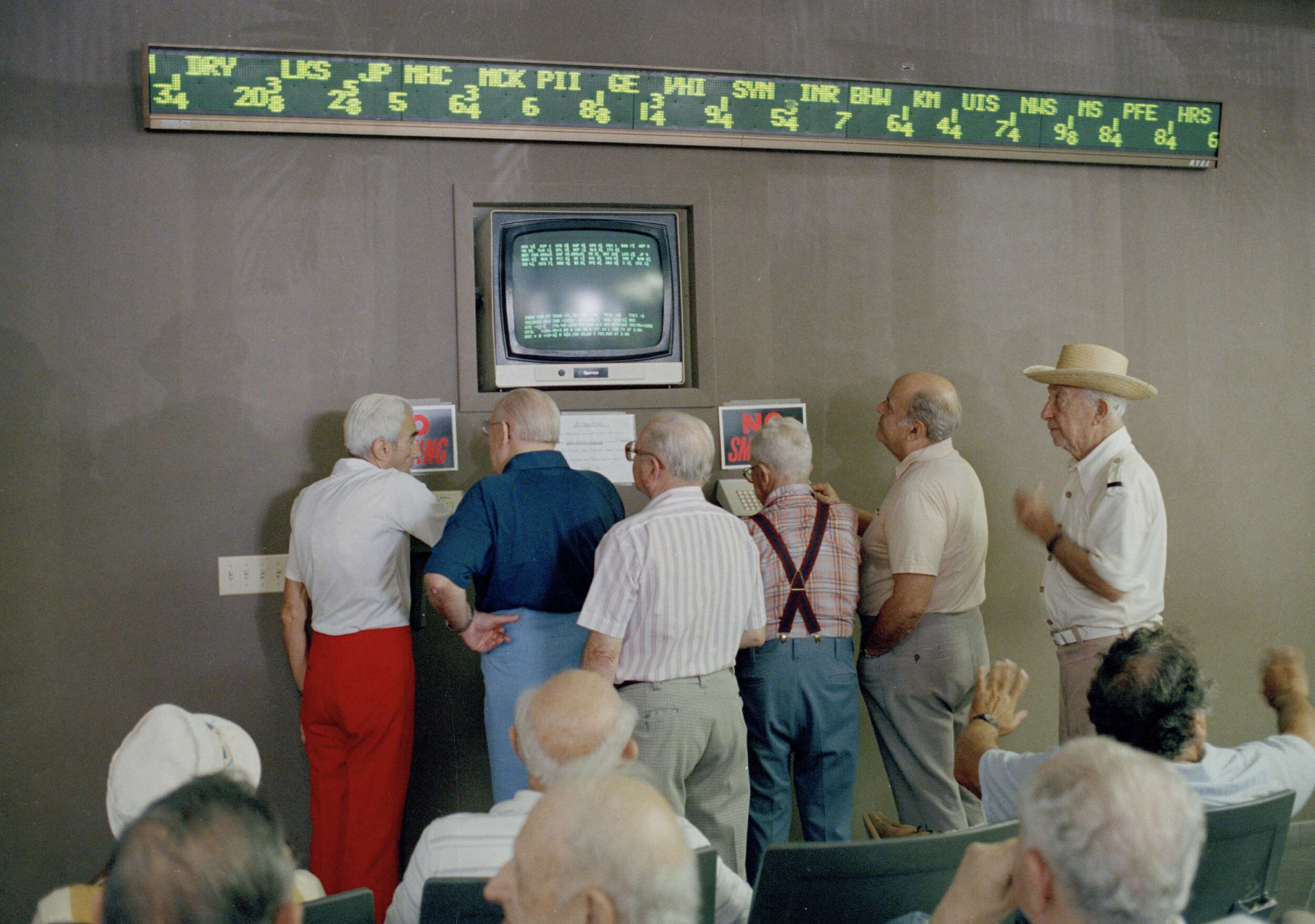
Signs are pointing to another Black Monday. Somebody tell the Fed
- Changes in monetary policy have a lagged effect. The Federal Reserve’s abrupt switch to tightening last year is now resulting in investor confusion
- Today’s bond market jitters and monetary squeeze bring to mind the situation leading up to 1987’s global market crash, but the Fed seems oblivious
Bond and equity markets have been subjected to repeated assaults by central banks in the United States, Europe and Japan for a decade or more and, not surprisingly, they have now gone into spasms that threaten a replay of past crashes.
There is much talk among economists and analysts of a repeat of Black Monday – the worldwide stock market crash on October 19, 1987 when the Dow Jones Average fell 23 per cent in just one day, which remains the largest one-day decline ever.
There had been another Black Monday, October 28, 1929, when the Dow fell by 13 per cent and by the middle of November it had lost almost half of its value. Black Mondays are something markets have good cause to fear.
Why would markets crash now when they have survived Covid-19, tectonic shifts in geopolitical relations, interest rate swings, a surge in inflation and now hot wars? It is because the great lake of excess liquidity is fast evaporating, although relatively few seem to have noticed.

As economist Milton Friedman noted, changes in the supply of money in an economy usually have a lagged effect. Financial markets and even central bankers sometimes appear to overlook this.
They seem to forget that the US Fed began tightening in March last year and that other central banks followed suit. But markets can perhaps be forgiven this oversight because monetary policy swings have become so much part of the central bank narrative.
This all began during the global financial crisis of 2008 when central banks opted to boost the supply and reduce the cost of money rather than allow the financial system to be ravaged.
With SVB bailout, US is spending its way out of a bind again
This easy money environment persisted for much longer than expected but without giving rise to inflation because an emerging economic powerhouse in China was flooding global markets with low-priced manufactured goods.
They were further confused when the US Fed suddenly reversed course and, along with other central banks, launched a series of hikes in interest rates as inflation soared past their (unrealistic) target of 2 per cent annually. The cost of money was higher, and there was less of it.
Central banks’ panic was met with confusion in bond markets. Shudders began to be felt throughout the financial system.
Bond markets appear unable now to decide whether they are on their head or heels while equity markets, taking their lead from bond investors, likewise do not know whether they are coming or going. It is in situations like this that market crashes can occur.
How to fix China’s economy? Investors are unsure and that’s a problem
Bond yields have been on a sharp upward trajectory this year, although again with volatile shifts of late. Quantitative tightening produced a dramatic sell-off in the bond market, followed by a very recent reversal. At the same time, commercial bank credit is tightening.
Shades of 1987, suggested Greenwood and Hanke. In that year, the key 10-year bond yield rose steeply while the money supply slowed sharply. A bond-market crunch and monetary squeeze together then led to a sudden, drastic reassessment of equity-market valuations.
This could happen again, particularly since the current fluctuation in bond yields and monetary squeeze are much more pronounced than in 1987. As the authors observed, “Because of the sustained decline in the money supply, the economy is in real danger.”
Meanwhile, Fed officials pay little attention to monetary aggregates. As a result, they are overlooking danger signals. They are fixated on economic indicators such as the labour market and the composition of the consumer price index, instead of the monetary causes of the lagging performance in these measures.
Monetary analysis tells a very different story than the gauges the Fed is reading, according to Greenwood and Hanke. “The first effect of a monetary contraction is higher market interest rates for a brief period. Then comes an economic slump. The economy goes into recession and inflation falls.”
History does not repeat itself exactly but it does rhyme, as the saying goes. There is sufficient similarity between the situation now and that in 1987 (or even in 1929) to justify the market jitters that are all too apparent.
Anthony Rowley is a veteran journalist specialising in Asian economic and financial affairs


